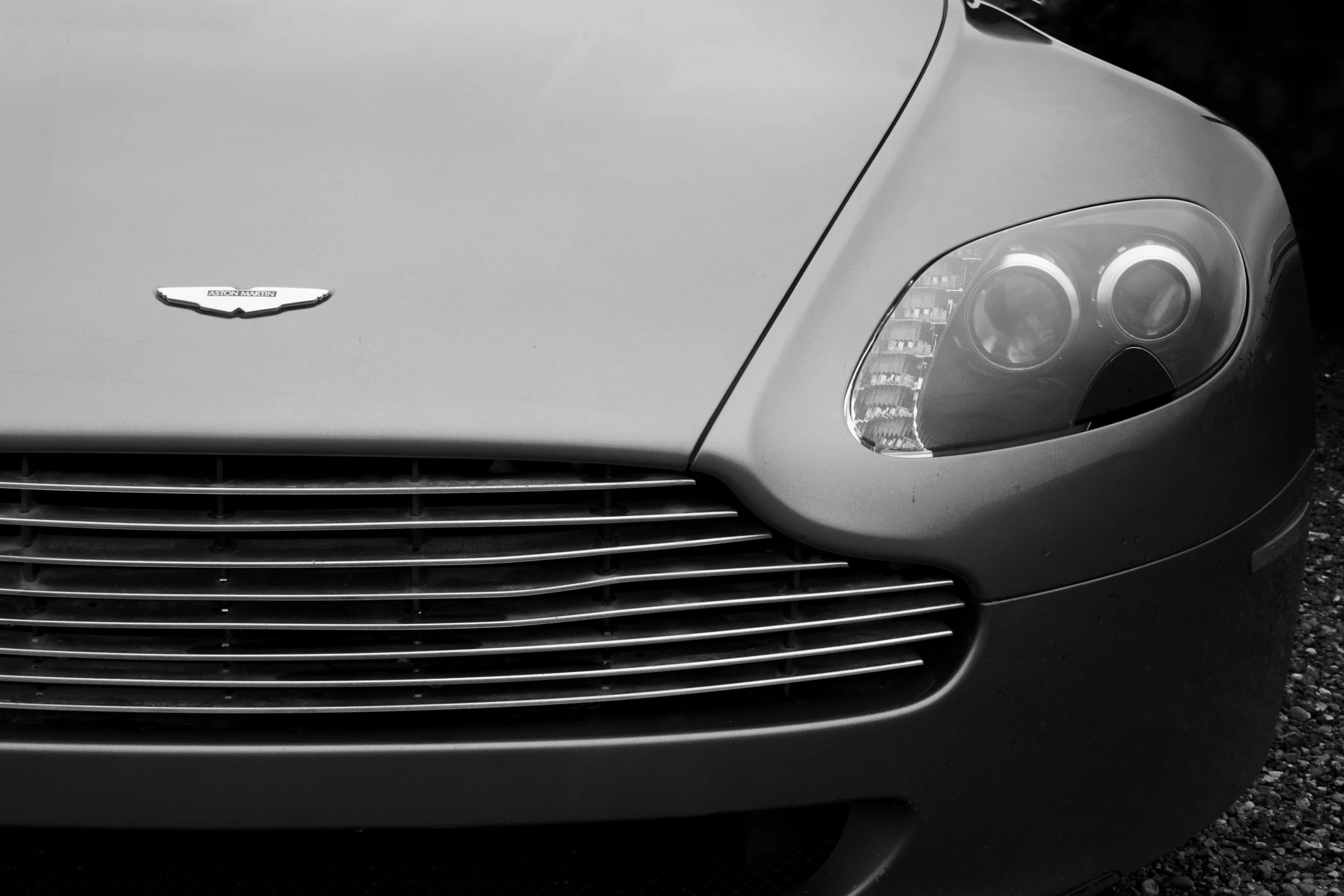From The Highlands of Scotland to the Hills of Japan: The Story of Japanese Whisky
Enrique Gluckmann, a Spanish national who is deeply inspired by the values and passion of the Japanese, is no stranger to the Food and Beverage industry. His interest in a quality drink was born when he was just 4 or 5 years old, as a curious and energetic child who got impatient when dining at restaurants with his parents. Enrique would find his way to the bar and talk to the bartenders, sparking the beginning of a lifelong passion. Today, Enrique has worked for international hotel brands over 11 years and across five different countries as the manager of Buddha Bar and Siddharta at Grosvenor House in Dubai, and is now the Director of Food and Beverage at The Fairmont Palm Hotel & Resort. He is unquestionably one of the best in the business to tell me all there is to know about Japanese Whisky.
Enrique takes me back to 1923 when the Yamazaki Distillery was founded by Shinjiro Torii, who today is the founder of Suntory — one of the biggest beverage groups in the world. Torii hired Masataka Taketsuru (today known as the father of Japanese whisky) as a distillery executive. Taketsuru studied the art of distilling in Scotland, In Speyside, the Lowlands and Campbelltown, and brought this knowledge back to Japan, along with his new Scottish wife Rita. In 1929 — after the trials, distilling, aging and blending — they began to commercialize the whisky.
After an initial spike in consumption and sales of Japanese Whisky, the second spike came about during the 2nd world war when the Americans (who were the first Japanese whisky consumers), began buying the whisky when they were in the Pacific. Torii created another distillery called Hakushu which is in the middle of a forest (Yamazaki is on top a mountain) and a 3rd distillery, known as Chiita, was also created at this time.
Taketsuru, believing that there were enough elements in Japan alone to influence a whisky of their very own, chose to separate from Torii at this time. Taketsuru founded the Nikka distilleries (Yoichi and Migayikio) that still exist today.
I ask Enrique what is missing in Scottish whisky that Japan felt the need to improve on what was already being done. He doesn’t hesitate when he tells me that the Japanese are very forward thinking in everything they do as well as extremely competitive. If you can do it, I can do it better. They also happen to drink a lot of beer and sake which gives them an advantage in the industry.
There are many similarities as well as differences between Japanese Whisky and Scotch. Japan and Scotland are very similar as they both have an abundance of water, greenery and forest; but they also have their differences, such as the altitude levels and mountainous regions which affect the final product (more on that later). Both Scotland and Japan have the benefits of being an island, in that there is the influence from the weather and the sea, which are important for whisky.
What makes a quality drink? The natural elements of water, altitude and peatiness play an integral role in the final product. Being that whisky is water that is infused and distilled, Japan positions the distillery at the source of the water so that there are no interruptions in this process. Likewise in Scotland the water source for each distillery is jealously guarded to ensure its purity andquality. The climate in Scotland; the lowlands, highlands and peatiness of the soil has a profound impact on the final product; likewise in Japan where the soil works as a natural purifier or filter, resulting in a generally lighter whisky. As a rule, the Japanese create a highly refined whisky that is fruity, spiced and sweet, with notes of honey, vanilla and flowers; while the Scots products are more serious, darker and more smoky.
Enrique apologizes to me as stops to take a call and we then move on to another crucial element: altitude. I learn that water boils at different temperatures depending on the altitude - and that Scottish distilleries are mostly situated on low ground levels, whereas the Japanese distilleries are on high mountains. The higher the altitude, the lower the boiling point of the water. By applying less temperature to the water for boiling, certain aromas and flavors are preserved that would otherwise evaporate.
The yeast for fermentation also differs as the Japanese use varied strengths of natural yeast - and they also create a version of their own. Suntory created a yeast called the suntoryeus lactobacillus which creates a very unique character. In contrast, the yeast in Scotland is mostly a generic version that all the distilleries are using.
Then we move on to the technique as Enrique explains that the Japanese are not afraid to experiment and use a wide range of techniques for distillation, whereas the Scottish stick with the traditional process. The Japanese use pot stills in different shapes, as well as the ‘Coffey’ still which is mainly used for grain whiskies (more commonly used in the US). The Coffey produces a purer, stronger distillate with a lighter body and more delicate flavour profile.
And finally, the maturation process. The Scottish use barrels (casks) which by law must be second fill, having previously been used to mature bourbon, sherry, wine, madeira and more. The Japanese also source the casks from three different locations. The Bourbon cask from the US adds sweet and charred notes to the whisky, the Sherry Barrel imported from Spain adds very sweet and deep notes (the cask had previously aged sweet sherry wine for many years), and finally the virgin Mizunara Cask, which is endemic to Japan and only grows in a certain area of the island - contributes strong and floral influences. By aging them in three different barrels, three different whiskies are created which are then blended together in different ratios to get a wide range of new whiskies.
Case in point: the Hibiki Japanese Harmony is a blend of Japanese malt and grain whiskies from Yamazaki, Hakushu and Chiita. Regarded as the best blended whisky in the world, it is made of three whiskies that Suntory produces at an entry level. The Hibiki is also aged to different levels (12-year-old, 17, 21, and 30 year old) and can cost up to $10,000.
Japanese Whisky began as a trend in the late 90s when Yamazaki won various awards. Then, in 2003, the Oscar winning movie Lost in Translation starring Bill Murray about filming a commercial for Suntory Whisky (17-year-old Hibiki), shed light on Japanese Whisky and the culture as a whole.
Today, new distilleries are opening every year. Three new distilleries opened last year and are starting to experiment— Enrique expects that we will have whiskies from them in the next few years. At the same time, there are whisky distilleries run as family businesses that do not exist anymore (like Karuizawa) due to the death of an owner or other family issues.
It’s no surprise that whisky is a very expensive collector’s item because is it rare and unique, and production is so limited. There are a few whisky collectors in the United States with large amounts of money involved; both in auctions as well as private exchanges and purchases.
Before our conversation ends, Enrique tells me to stop by Le Clos at Dubai International Airport to see the collection of 27 bottles of Japanese Whisky known as the Geisha Series produced by the now-closed Karuizawa distillery in Japan. These whiskies have been aged for 29, 30, 31 and 50 years and all 27 bottles are selling for $300,000. Enrique suggests that I buy them and take them to the states where I can make a lot of money.
Japanese whisky is certainly evolving and becoming more popular. Today, it is offered at bars in Dubai, when just three years ago it wasn’t available. At Fairmont they have a selection of 11. How many does Enrique own? “Me, myself? I have about 22 different ones. I have a big collection. I’m not going for the crazy bottles but I’m a big whisky drinker and I like to enjoy and to collect.”
I thank Enrique for his time as I check my flight details leaving Dubai. I must make a visit to Le Clos, even if just to stop and look.












